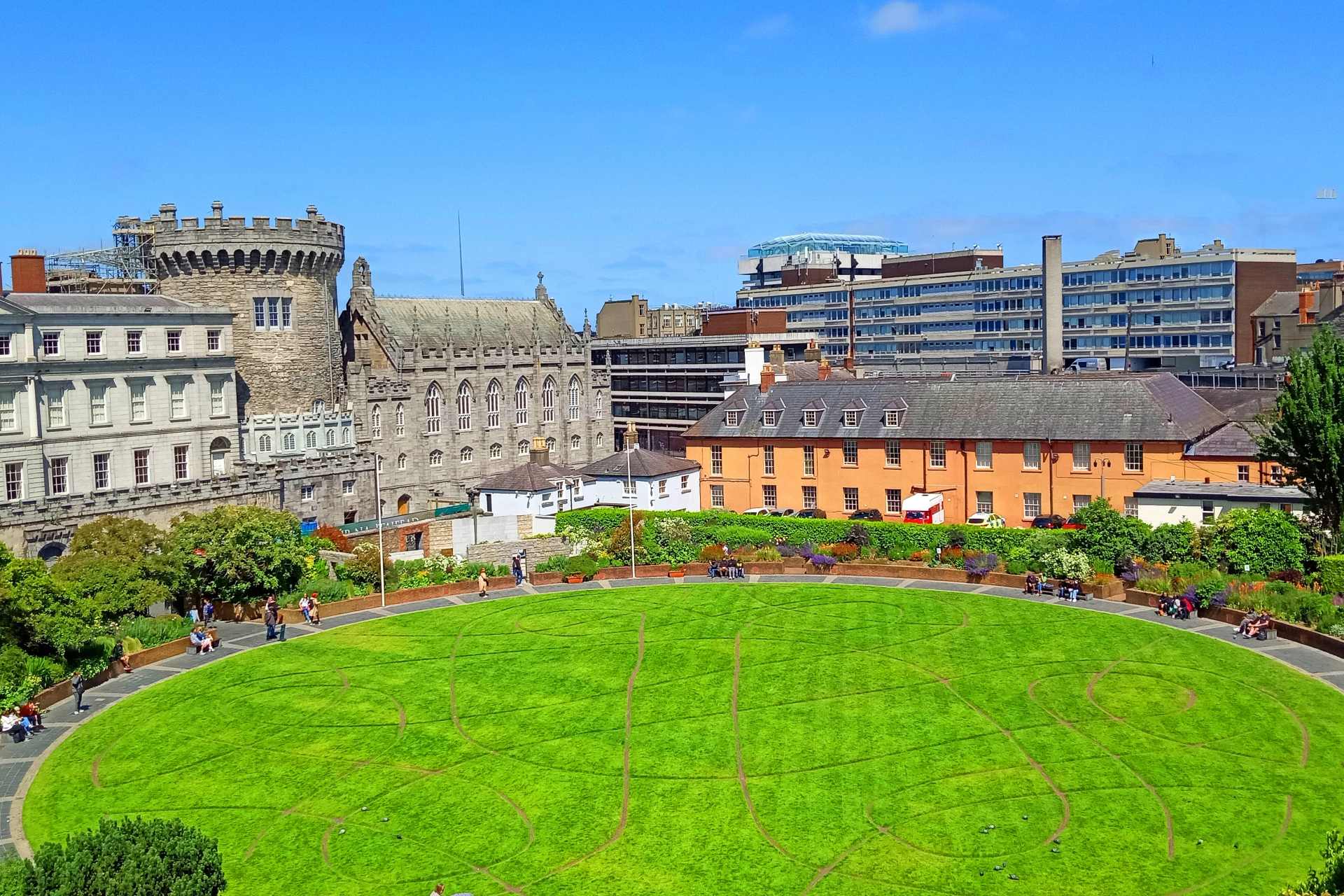When an Irish council votes to eliminate glyphosate from its operations, it’s worth asking: what are New Zealand councils doing — and why are so many still dragging their feet?
In June 2025, South Dublin County Council (SDCC) passed a motion to phase out glyphosate entirely from its weed control program. It wasn’t a symbolic move. The council had already reduced its use by 13% over three years and was requiring contractors to continue trimming usage by 10% annually. But this time, they took it a step further — voting to stop using glyphosate altogether in day-to-day operations.
The push came from community pressure and concerned councillors, who cited cancer risks, reproductive toxicity, and harm to aquatic life as key reasons for the shift. One councillor noted the absurdity of workers using glyphosate without protective gear while members of the public — including children and pets — routinely walk through recently sprayed footpaths.
If South Dublin can listen, reduce, and ultimately act, why can’t we?
Still Spraying the Status Quo
Here in New Zealand, glyphosate is still the weedkiller of choice for councils. It’s sprayed on footpaths, playgrounds, parks, roadside verges, and even around schools — often without warning signs, notices, or meaningful alternatives trialed. Despite mounting global concern, few councils have meaningfully reduced their use, and even fewer have taken steps to eliminate it.
Those who raise concerns are often told “it’s safe when used as directed” or that no viable alternatives exist. Sound familiar?
That’s the same excuse South Dublin heard — until the public pushed harder.
Where’s the National Guidance?
Part of the problem is that New Zealand has no national directive guiding councils on glyphosate use. The EPA insists glyphosate is safe when used properly, but fails to define how frequent exposure near schools, homes, or waterways fits into that framework. There’s no national policy requiring warning signs, residue testing, or annual reporting on how much is being sprayed — or where.
And while MPI claims our food is safe, independent tests have shown glyphosate is in our food, our waterways, and our bodies. At what point do we stop calling that safe and start calling it negligent?
Cheaper Isn’t Always Smarter
Glyphosate’s defenders often fall back on cost. It’s cheaper. It’s fast. It works.
But at what price?
We’ve written before about glyphosate’s impact on soil health, its link to weed resistance, and its quiet accumulation in breast milk, cereal, tampons, and honey. The long-term costs — environmental, medical, and legal — are only just beginning to surface. And as other countries move away from glyphosate, New Zealand risks becoming the dumping ground for chemicals no longer accepted elsewhere.
Dublin Did It. Who’s Next?
South Dublin wasn’t the first council to ban glyphosate, and it won’t be the last. Dozens of cities across Europe and the United States have implemented full or partial bans. Some have opted for foam-based treatments or hot water systems. Others have trialed mechanical weeding or simply rewilded low-traffic areas.
Yes, it takes effort. But it also takes leadership.
Here in New Zealand, change will only come if local voices speak up.
Councils need to hear that the public is paying attention. That we don’t want children exposed to herbicides at playgrounds. That we don’t accept vague reassurances. That we know better options exist — and that we expect them to be explored.
Final Thought
South Dublin listened. They made a decision grounded in public health, ecological responsibility, and common sense.
Now it’s our turn.
Take Action:
Find your regional council and email your local representatives. Ask:
- What’s our policy on glyphosate use in public spaces?
- Are we testing alternatives?
- Are we tracking exposure levels or residue data?
Even one email can make a difference. If you receive a reply, feel free to forward it to us. We may publish it to help keep the conversation public.
P.S.
Don’t leave it to someone else. We’re building a growing, independent testing program for foods, beverages, and other products. We’re pushing for stronger policy, better transparency, and community-driven change — but we can’t do it without you.
Make a donation → directly into our bank account:
No More Glyphosate NZ
03-0275-0056783-002*
If your bank only allows two-digit suffixes, please enter 02.
If you make a donation directly into our bank account, we won’t automatically receive your details. Please send us a quick email to let us know—just so we know it was you!
Even $5 helps move the campaign forward.
Related Articles:
Why Glyphosate Isn’t Just a Weed Killer
It’s more than just a spray — it’s a system. Here’s what you’re not being told.
Glyphosate and Soil Health: What Are We Losing?
From microbes to long-term fertility, this article uncovers what glyphosate leaves behind.
When the Spray Stops Working: New Zealand’s Growing Weed Resistance Problem
As weeds become stronger, glyphosate use increases. Is this sustainable?
Image Source & Attribution
We’re grateful to the talented photographers and designers whose work enhances our content. The feature image on this page is by meunierd.




